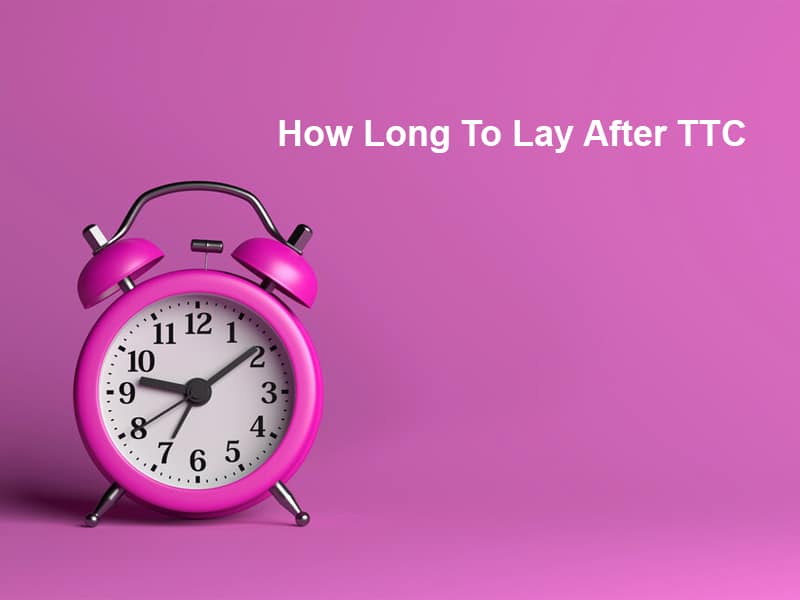Exact Answer: 10 minutes
A D&C is an abbreviation for dilation and curettage. A D&C is a minor surgical operation used to remove uterine tissue. This operation is performed in a surgical facility or by a gynecologist or obstetrician’s clinic. Because it is an outpatient operation, you can return home the same day.
A D&C is named after the dilation of the cervix, which occurs when the provider dilates or opens, the cervix. The cervix is the entrance of the uterus where it meets the vaginal top. Normally, the cervix dilates only during delivery. And the provider scrapes the uterine wall and removes tissue with this tiny device.

How Long Does A D&C Take?
| Conditions | Time taken |
| D&C operation takes | 10 minutes |
| Recovery time | 2 to 3 days after surgery |
The operation itself takes between five and ten minutes. However, the procedure may take longer. You’ll also have to stay in the recovery area for a few hours following the surgery before going home.
If you have or have had a miscarriage, residual tissue in the uterus after an abortion, or unusual bleeding between menstrual cycles, you may need a D&C. A D&C and hysteroscopy are sometimes performed. During this process, your physician inserts a device into the cervix to inspect the uterus. If your physician is attempting to diagnose a problem, you may be subjected to a hysteroscopy with a D&C.
Your physician may give you medicine to calm and sedate you before the surgery, but you must stay awake during the treatment. During the operation, you lay on a table with your feet in stirrups, much as you would during a gynecologic checkup. Your service provider will:
- Place a speculum in your vagina. This smooth instrument, designed like a duck’s beak, aids in the opening of the cervix.
- To keep the cervix in place, use a clamp.
- Check that your cervix is suitably dilated by slowly opening it with a succession of rods.
- To remove tissue from the uterus, use a curette, which is a form of suction or scraping equipment.
- Send a tissue sample to a laboratory for examination.
You may get cramps that are comparable to menstruation cramps. The cramping might be relieved with pain medication. A D&C can assist your physician in determining the cause of your irregular bleeding. It can also aid in the detection of aberrant endometrial cells, which may be indicative of uterine cancer. Following a D&C, your physician sends a cell sample to a laboratory where pathologists can determine if you have normal or abnormal tissue, polyps, or cancer.
A D&C is also necessary for your health following a miscarriage or abortion. It eliminates any remaining tissue to avoid excessive bleeding and infection.
A D&C is a routine, safe procedure. However, as with any operation, there are potential dangers. Uterus infection, hemorrhage, and uterine rupture are potential dangers of D&C.
Why Does A D&C Take So Long?
D&C takes so long because your practitioner may begin to dilate your cervix with a laminaria stick. This small rod is inserted into the cervix and left there for many hours. While the laminaria stick is in, you can stand up and wander around. The laminaria stick absorbs cervical fluid. When this occurs, the cervix opens, allowing access to the uterus.
You’ll need to arrange for somebody to drive you home after the treatment. After a D&C, you should be able to go home within a few hours. For a few days, you may have slight discomfort or light bleeding. For bleeding, use pads rather than tampons. You should be able to resume your normal activities within a week. Typically, you return to your physician a week or two following the operation.
Your next menstruation may be early or late after undergoing a D&C. After the operation, you must refrain from using tampons or having intercourse for some time. Until your cervix returns to its usual, closed form, germs are more likely to enter your vagina and cause an infection.
When complications following a D&C are detected early, they can be treated. If you experience any symptoms following a D&C, contact your physician immediately so that they can diagnose and treat the problem. Symptoms might include:
- Pain in the abdomen
- Sickness
- Heavily bleeding
- Extensive cramping
- Abnormal or foul-smelling discharge, fluid leaking from your vagina
Conclusion
Dilation and curettage, or D&C, is a uterine tissue removal surgery. If you experienced a miscarriage or abortion, you may need a D&C operation.
A D&C and hysteroscopy might be used by your healthcare professional to diagnose unexplained bleeding. A D&C is performed as an outpatient treatment. After a D&C, you may have minor discomfort and bleeding for a few days. If you’ve suffered a miscarriage or are experiencing bleeding between periods, consult your doctor to see if you need a D&C.




















